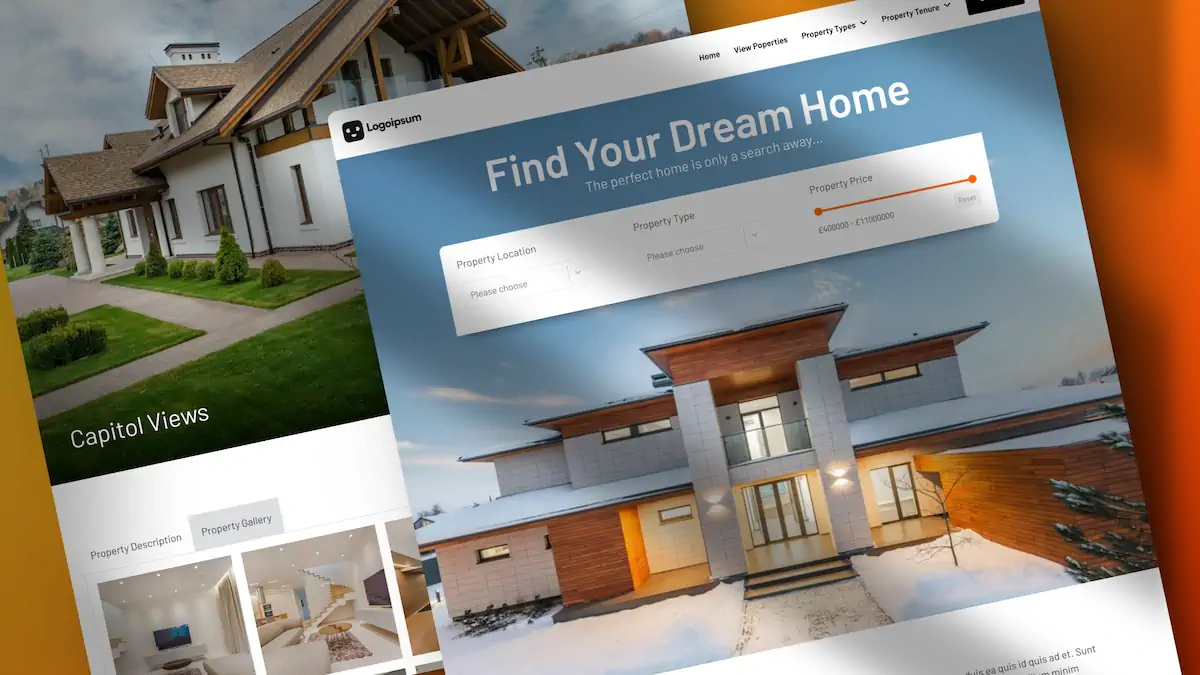In this tutorial, we’ll explore how to use Bricks Builder to give these pages a much-needed makeover, aligning them with your brand’s identity.
Why Customize Your WordPress Authentication Pages?
First impressions matter, and for many users, their first interaction with your site is through a login or registration page. Customizing these pages can:
- Enhance user experience with a more professional look.
- Ensure consistency in branding across all touchpoints.
- Set your site apart from others using standard WordPress pages.
Getting Started with Bricks Builder
Bricks Builder is a powerful tool for WordPress that allows for easy customisation of pages through a user-friendly interface. Here’s how you can use it to revamp your site’s login, registration, and password recovery pages.
Step 1: Create Necessary Pages
Depending on whether you need user registration, you’ll need to create either three or four new pages in WordPress. These will replace the default login, registration, password recovery and password reset pages.
Step 2: Customize the Login Page
- Remove the Default Login Form: Start by editing the login page with Bricks Builder. Remove the default login form to make way for a custom design.
- Add Branding Elements: Insert your logo and use your brand’s colour scheme. This step is crucial for maintaining visual consistency with your brand.
- Insert a New Form: Add a new form to the page. This will be your new login form.
- Customize the Form: Remove any unnecessary fields. For a login form, you typically need fields for email/username, password, and a ‘remember me’ option.
Step 3: Define Form Actions and Redirects
- Set Actions for the Form: Specify what happens when the form is submitted. For a login form, you might want to redirect users to a specific page or the WordPress dashboard.
- Map Form Fields: Ensure that each field in your form corresponds to the correct WordPress login field.
Step 4: Apply the Changes in Bricks Settings
In Bricks settings, specify your new custom pages to replace the default WordPress authentication pages. This step ensures that users are directed to your new, branded pages instead of the standard WordPress pages.
Step 5: Repeat for Registration and Password Recovery Pages
Follow similar steps to customize the registration and password recovery pages. Make sure each page’s actions and fields are appropriate for their specific functions (e.g., user registration or password reset).
Finalizing Your Custom Pages
After setting up your custom pages, it’s essential to test them thoroughly. Ensure that all redirects work correctly and that the user experience is seamless. Remember, the goal is not just to make these pages look good but also to ensure they function flawlessly.
Conclusion
Customizing your WordPress login, registration, and password recovery pages with Bricks Builder is a straightforward process that can significantly impact your site’s professionalism and brand consistency. By following the steps covered in the video, you can create a more cohesive and engaging user experience.
Remember, the key to a successful website lies not just in its content but also in its presentation. Happy customising!

